Highlands Council in Scotland Moves to Tackle Broadband Notspots
The Highlands Council has agreed to commence a mapping exercise that aims to identify the remaining “not spots” in superfast broadband cover, which is to be accompanied by a workshop event next month to debate the issue. It’s hoped this will help to establish a clear plan for boosting coverage.
At present the £410 million Digital Scotland project is made up of two halves, with one focusing upon the “Highlands and Islands” region (£145.8m of public and private investment) and the other working to connect the “Rest of Scotland” (£264m).
Overall the scheme aims to roll-out to cover 85% of Scottish premises by the end of March 2016 and 95% by the end of 2017/18 (reaching an additional 750,000 premises by completion), yet the target for the Highland and Islands (HIE) region alone is still just 84% by the end of 2016. A new report from the council now suggests that the Highlands target could be boosted to 90% via a future contract.
A huge amount of work has already been done, although the Highlands are notoriously difficult for fixed line and mobile infrastructure providers to tackle due to the mix of rugged, mountainous and generally sparse rural land / communities. Put simply the public and private investment required to cover this area will be significant. Even delivering the 10Mbps Universal Service Obligation (USO) could prove to be a rather big challenge.
Highlands Council Statement (March 2016)
“It is recognised that many communities across the Highland are frustrated at the inadequate broadband and mobile coverage that currently exists and there is therefore an urgent need for information on future coverage plans for both broadband and mobile services with clarity over timescales enhancing this coverage.”
In fairness quite a bit of work has already been done to tackle this problem, not least via BTOpenreach’s construction of a new backhaul network comprising 800km of a land-based fibre optic cable and 400km of subsea fibre laid via 20 subsea cable routes.
In relation to that the Digital Scotland project has so far helped to expand fixed line superfast broadband (30Mbps+) to an additional 95,000 premises in the Highlands and Islands region (over 135,000 if you include BT’s commercial deployments), but that 84% goal will still leave some pretty big gaps.
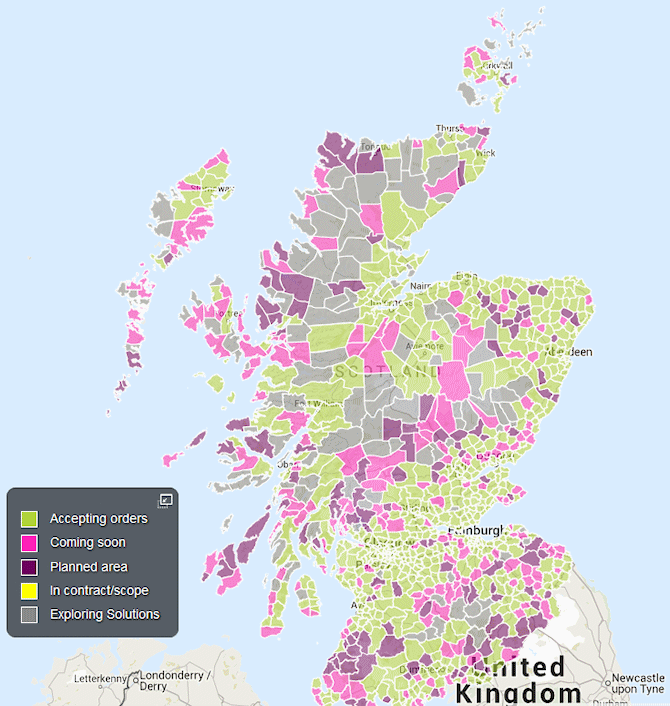
The Community Broadband Scotland programme was also established to support related communities and is working with a number of alternative network providers (i.e. they’re actively supporting 87 pipeline communities across Scotland to explore broadband solutions and related projects could potentially provide services to 16,000 premises).
Council Leader, Margaret Davidson, said (Press and Journal):
“People are getting rattier about it all the time. They’re irritated at the speed that this is coming and I couldn’t argue with them. I don’t think we could ask for more political input and effort than (Deputy First Minister) John Swinney is putting into this, and mobile operators are really on the move with 4G coverage.
But the area of ‘not spots’ is huge and it isn’t just the mountains. BT was committed to tell us by Christmas how far they’d get and where they definitely would never get. But we’ve had nothing from them.”
The last Open Market Review of Scotland’s fixed line superfast broadband connectivity, which was run at the end of 2014, suggested that around 230,000 premises could still be waiting for a superfast service to become available once the current contract completes (plus 51,000 needing basic broadband of at least 2Mbps). Most of those will be in the sparse and expensive to tackle rural areas.
Meanwhile Scotland has yet to even sign a Superfast Extension Programme (SEP) contract like most of the rest of the United Kingdom, which is despite the Broadband Delivery UK programme committing an extra £20.99m to the country in 2013 (this must be matched by the Scottish Government).
On top of that BT has confirmed that it will be able to return £17.8m in clawback (gain share) for a reinvestment into more coverage (here) and there’s also the possibility of additional funding being found from other sources (e.g. EU). But we’ve been waiting to see all of this for a long time and the EU State Aid delays certainly haven’t helped.
Highlands Council Statement (March 2016)
A second phase to the Next Generation Access (Superfast) rollout programme is currently being modelled to define the potential reach of additional investment. Through a combination of Scottish Government and UK Government funds, this could deliver increased coverage to 90% of the Highlands.
However, this second phase will be subject to different State Aid requirements from the European Commission which requires open access to BT openreach cables, fibre and network infrastructure. Discussions with the Scottish Government and relevant partners are taking place to work through a revised procurement strategy with a view to engaging with partners in the middle of 2016.
So even if a second contract can be signed this year then it will still leave around 10% of premises in the Highlands to go without “superfast” speeds and that last bit is likely to be very expensive, which could limit the use of traditional fixed line solutions. We wouldn’t be surprised to see a much greater reliance upon fixed wireless (even that won’t work in some locations) and Satellite connectivity in related areas.
Meanwhile a spokesperson for BT has confirmed that 75% of premises in the council’s area can now access “fibre broadband” (includes sub-30Mbps areas) and this drops to 63% when you only look at the coverage of 30Mbps+ speeds. However BT does expect to “exceed” the 84% HIE target, although they won’t say by how much (probably only a little more than the target).
Interestingly BT’s spokesperson has also urged Councillor Davidson to identify any communities missing out, although strictly speaking the telecoms giant is itself the one based placed to answer that question.
We should add that Mobile Network Operators are also making progress towards their commitment of providing 4G (Mobile Broadband) to 90% of Scotland by the end of 2017. EE are upgrading 113 mast sites in the Highlands and CTIL (Vodafone and O2) have upgraded 83 mast sites, with another 104 planned. But once again a big gap remains and the fight is now on to close it.
Mark is a professional technology writer, IT consultant and computer engineer from Dorset (England), he also founded ISPreview in 1999 and enjoys analysing the latest telecoms and broadband developments. Find me on X (Twitter), Mastodon, Facebook and Linkedin.
« BT Openreach Extend 330Mbps FTTP Construction Discount in Cornwall
Latest UK ISP News
- FTTP (5527)
- BT (3518)
- Politics (2541)
- Openreach (2298)
- Business (2265)
- Building Digital UK (2246)
- FTTC (2044)
- Mobile Broadband (1975)
- Statistics (1789)
- 4G (1666)
- Virgin Media (1621)
- Ofcom Regulation (1464)
- Fibre Optic (1396)
- Wireless Internet (1390)
- FTTH (1382)
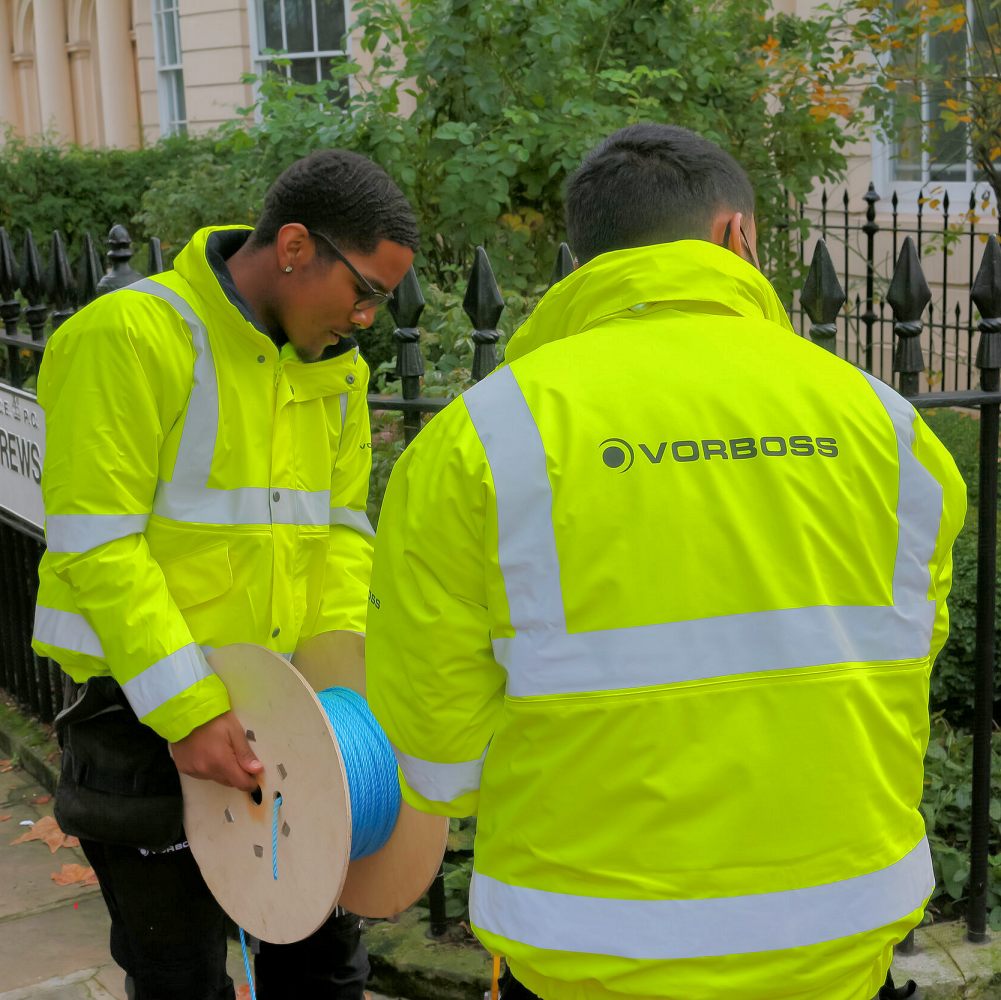
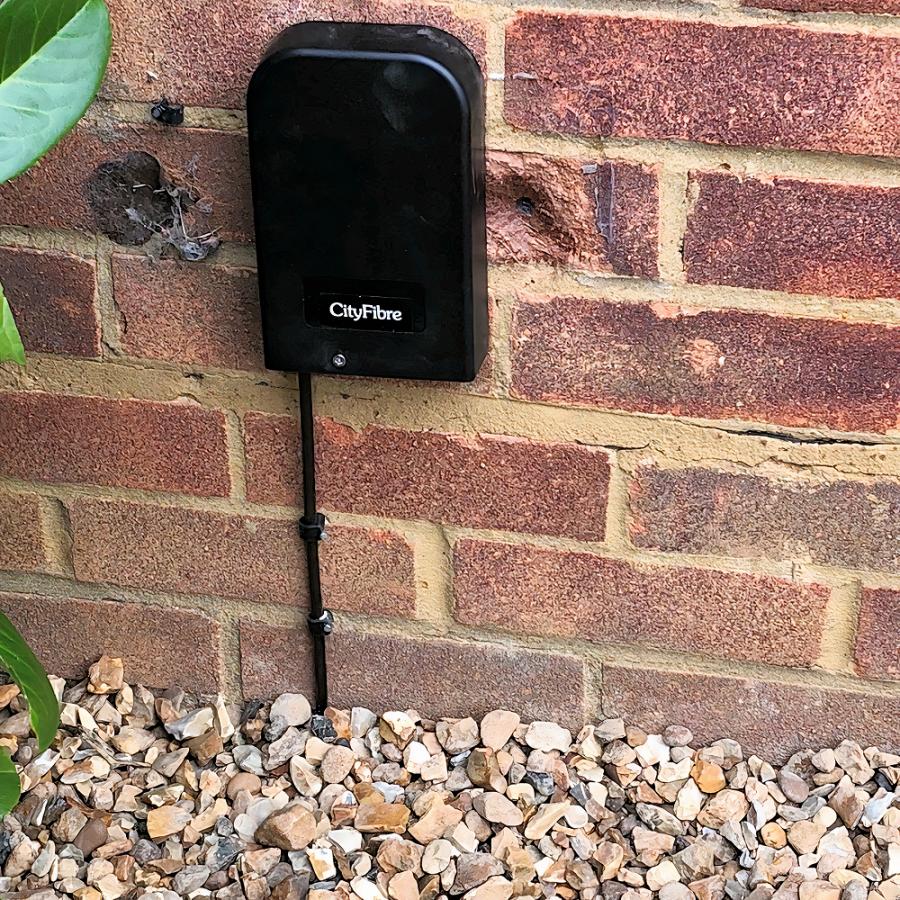






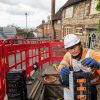







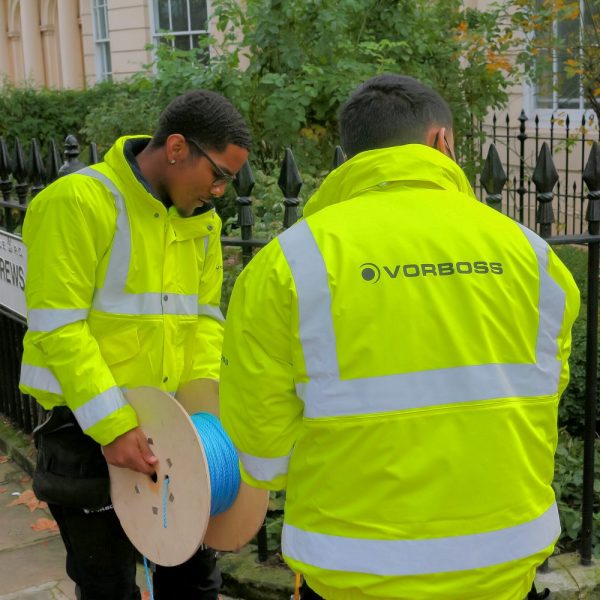
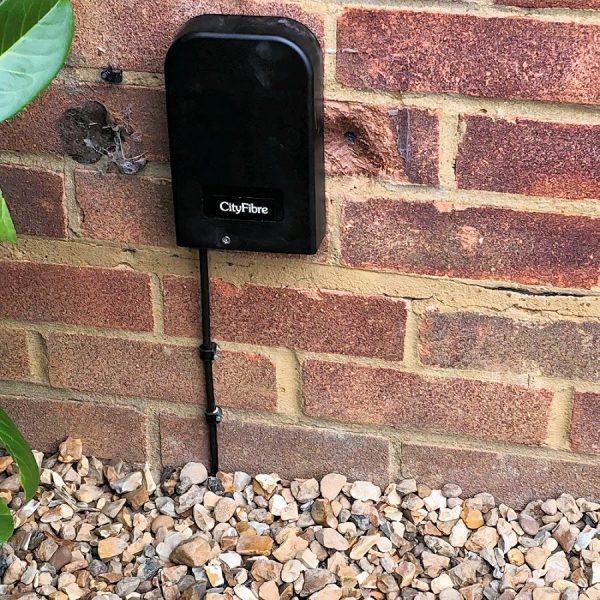
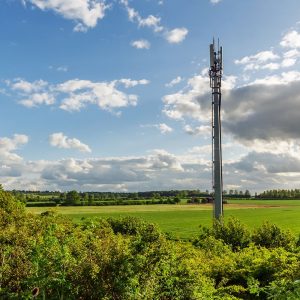
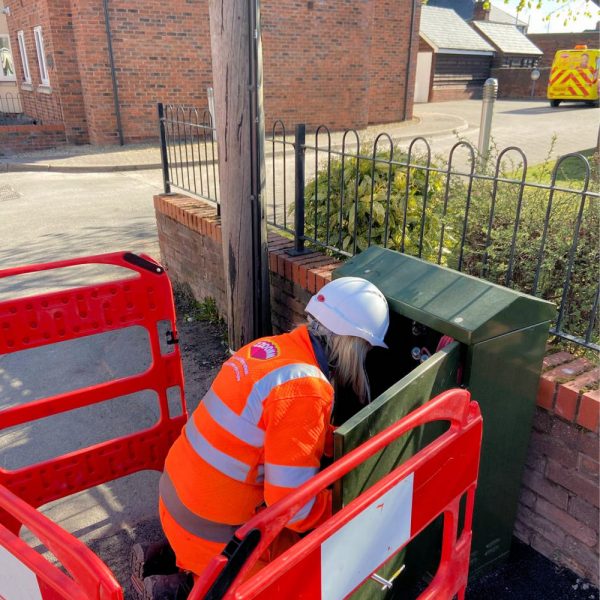


































Comments are closed